"Korozen" is a mystical dyeing technique once reserved for the Emperor’s highest ceremonial attire. Kyoto-based dyeing artist Mr. Yusai Okuda has revived this once-lost method in his original form, “Yume Korozen.” In Arashiyama Kyoto, a place deeply associated with Emperor Saga, he fuses tradition with innovation to create a world of transformative color.
Japan’s uniquely radiant dyeing art
shifting hues like a jewel
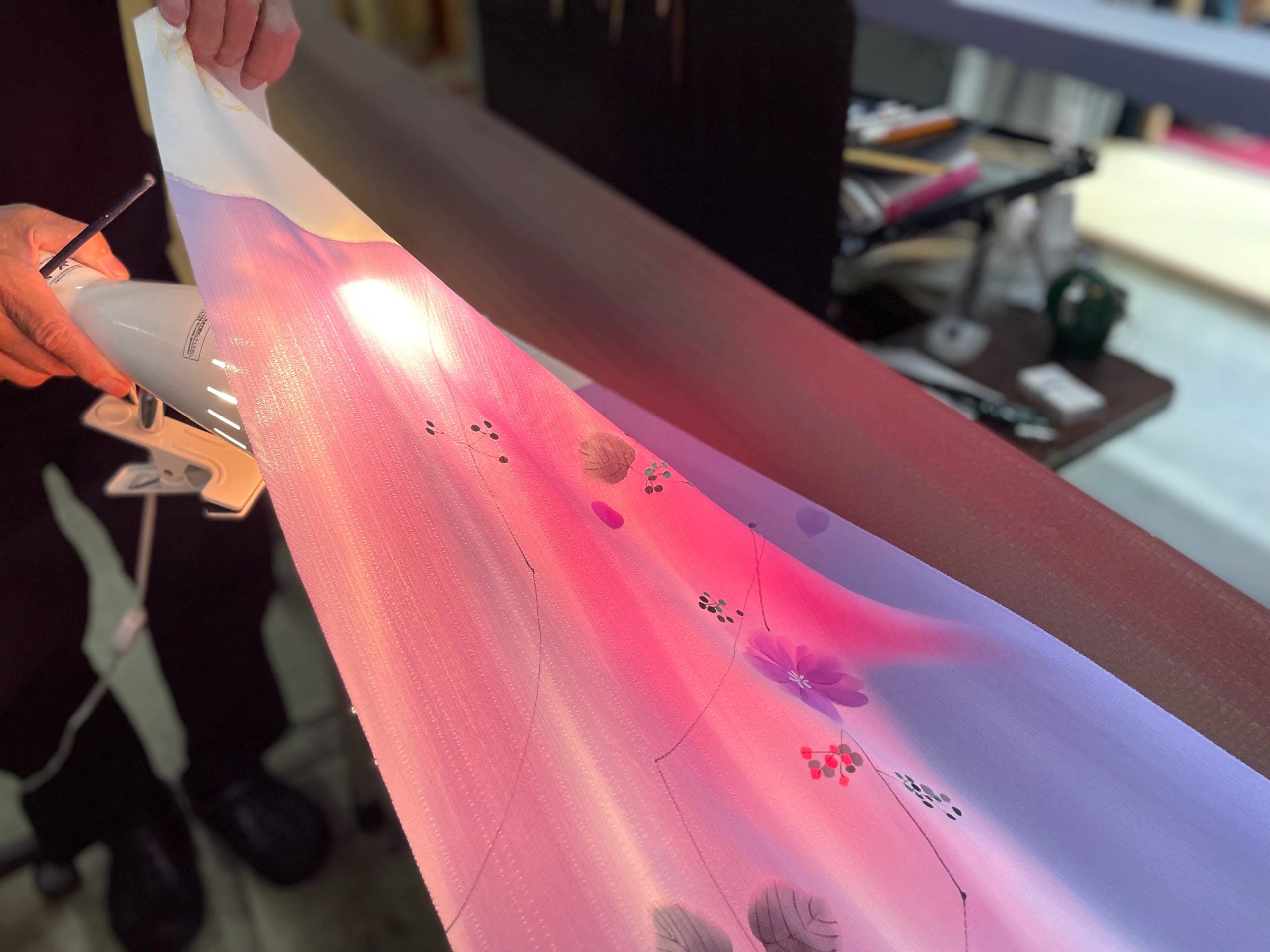
In This Article:
・The history of Korozen and its connection with the Imperial Family.
・The restoration project by dyeing artist Mr. Yusai Okuda.
・The unique dyeing method of “Yume Korozen”.
・Experience the Beauty of Japanese Dyeing in Arashiyama, Kyoto.
The Imperial Dye Worn by the Emperor
Korozen is a mystical dyeing technique whose color changes in response to ultraviolet rays. It transforms subtly under different light temperatures: appearing redder in cooler morning or evening light, and bluish under the bright midday sun.
Its origin dates back to the early Heian period. The reddish-brown ceremonial robe worn by emperors, known as "Korozen no Gohō", was once dyed to mimic the hues of the sun—from golden ochre to crimson. The inner lining of the robe would glow as red as the sun itself, and under the decree of Emperor Saga, it was designated as an absolute forbidden color, permitted only to the reigning emperor.Since then, Korozen has been reserved exclusively for the Emperor’s most formal attire. Even today, many may recall seeing it during the enthronement ceremony held at the Imperial Palace, known as "Sokui no Rei" in Japanese.
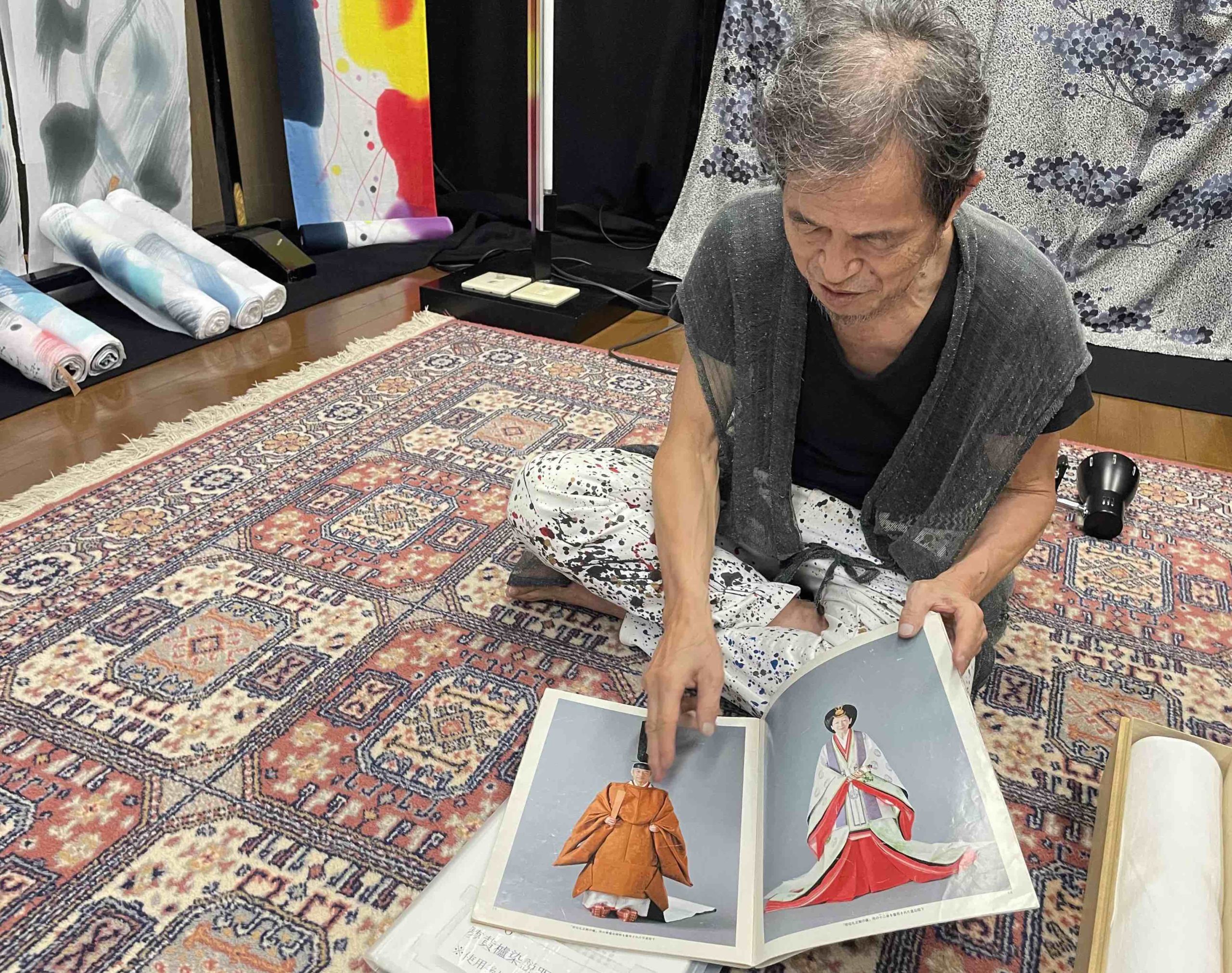
Once reserved exclusively for the emperor, Korozen was long known as a “phantom dye.” In 1990, Kyoto dyeing artist Mr. Yusai Okuda revived the lost technique and created his own method, “Yume Korozen,” restoring its ancient beauty.
Korozen—Japan’s One and Only
Mr. Okuda originally trained as a painter and began his dyeing career at the age of 25 in a Kyoto workshop. He first specialized in hand-dyeing for Western-style clothing, and gradually expanded his repertoire to include textiles and Kimono. While working at the studio during the day, he spent his evenings over four years visiting master dyers to study Kyo-zome techniques in depth. He also studied dye chemistry to deepen his understanding. Five years later, he launched his own atelier and began creating Kimonos that incorporated surrealist designs—an avant-garde approach that caught global attention. His Kimono shows held overseas further established him as a pioneering artist on the international stage.
What, then, inspired Mr. Okuda to embark on the journey to revive Korozen?
“Once I began presenting my work abroad, I started to question my own cultural identity as a Japanese artist,” he recalls.
“Many traditional crafts like Yuzen dyeing, Nishijin weaving, and Aizome all originated outside Japan and were adapted into Japanese culture. I asked myself: Does Japan have an original dyeing method of its own? That’s when I discovered Korozen. And I thought—this is Japan’s one and only.”
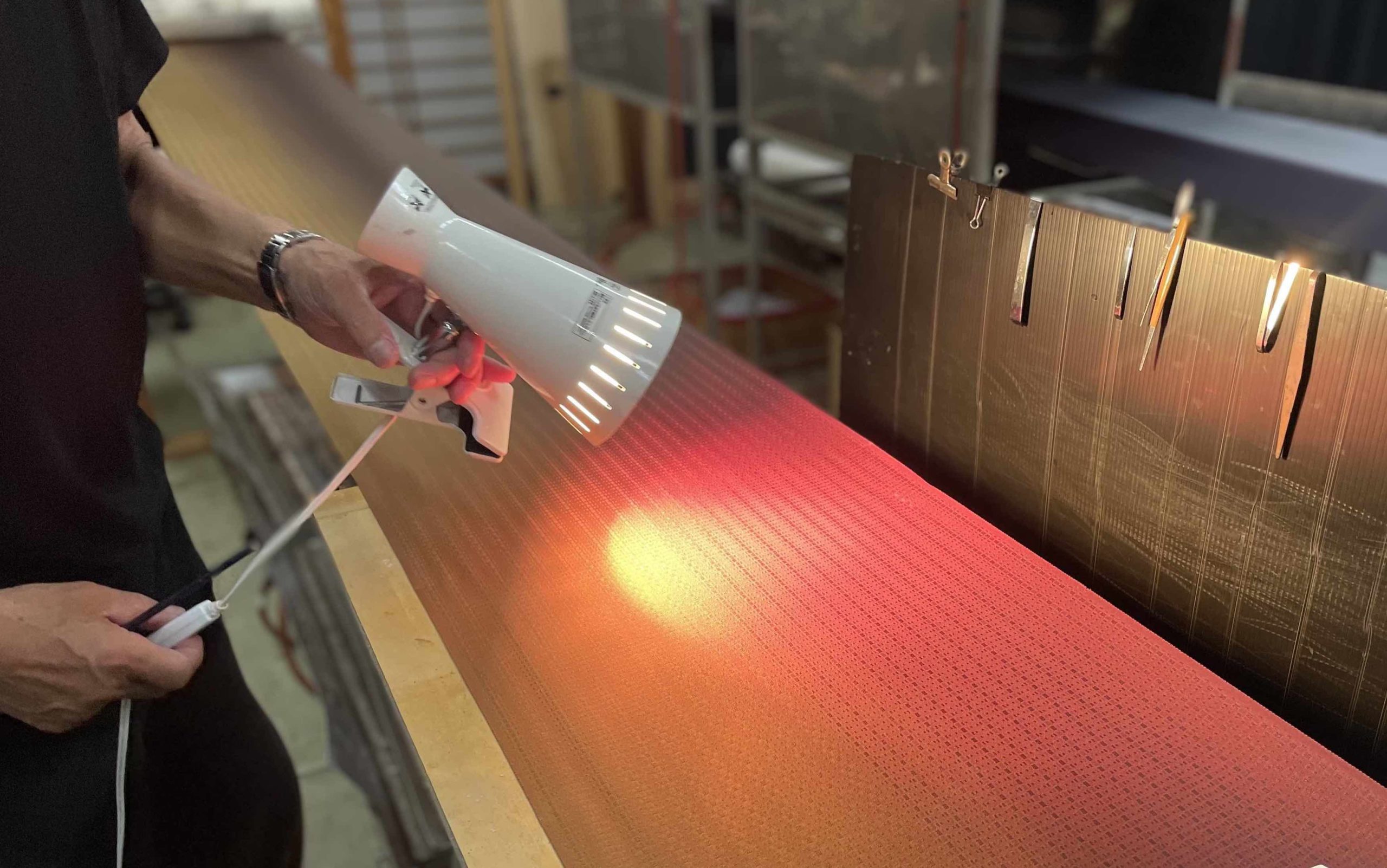
Extensive Research Through Literature and Historical Records
The path to recreating Korozen was anything but smooth. With support from Kokugakuin University, Mr. Yusai Okuda examined a wide range of documents, yet none seemed entirely convincing.
“At the library near the National Diet Building, I found around ten past research reports, but none of them clearly defined the characteristics of Korozen. Some dyeing historians also left behind their own interpretations, yet their conclusions all differed,” he recalls.
For instance, the ancient Heian-era text "Engishiki" records that the dye was made by blending hazé (Japanese wax tree) and suō (sappanwood). “But when you actually mix hazé yellow with suō red, it only turns orange,” he explains.
“There was even a scholar who claimed that Korozen could be reproduced using only shikon (purple gromwell root), but I couldn’t find any explanation that fully convinced me.”
Turning to the Sacred Textilesをof Koryu Temple for Clues
Determined to uncover the truth himself, Mr. Okuda obtained special permission to study preserved imperial garments housed at Kōryū Temple, an ancient temple historically linked to the Imperial Family. His independent research began there, drawing from the materials and insights passed down within this sacred archive.
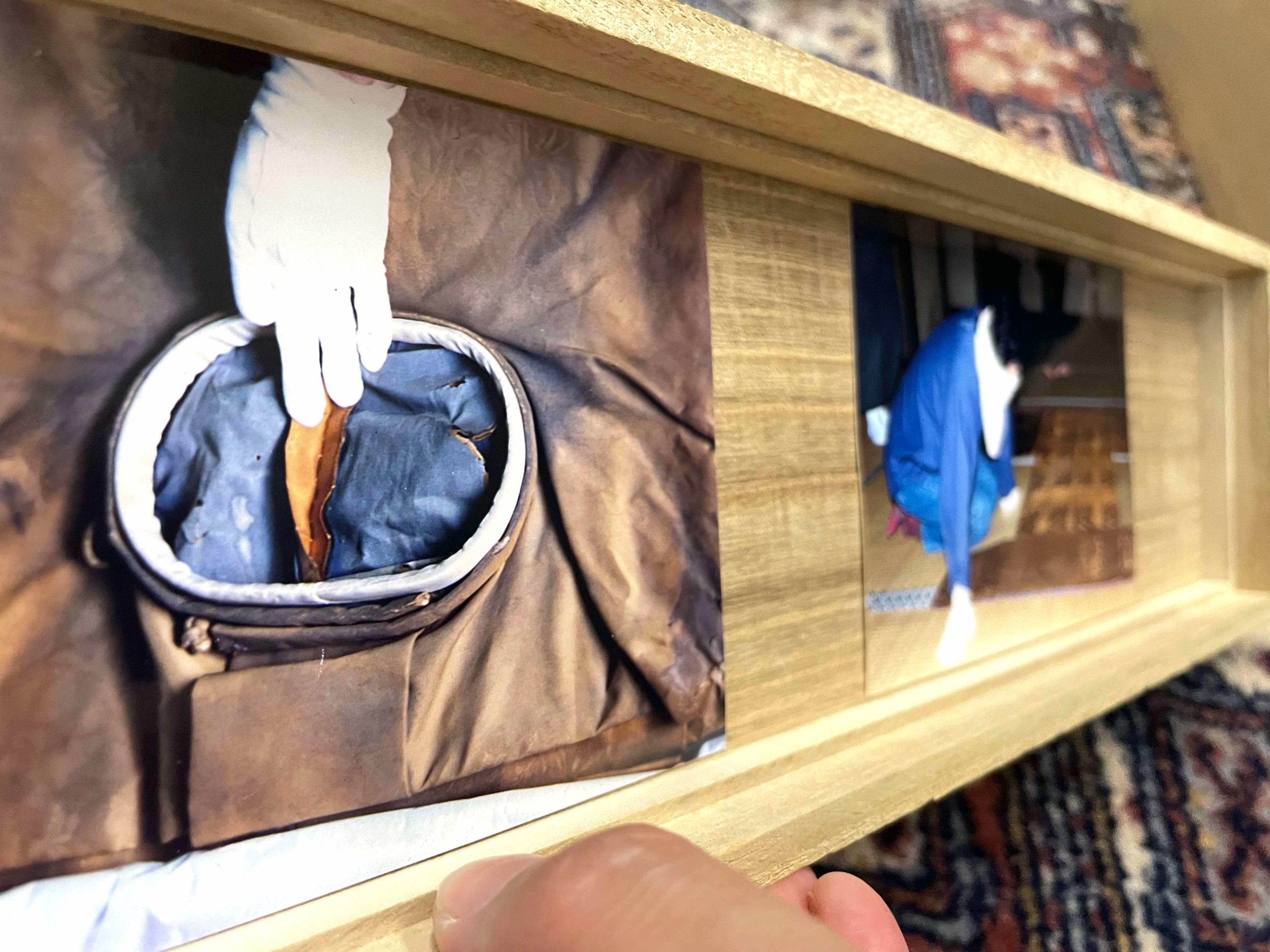
It took five years to discover the existence of Korozen. But once I saw the actual textile, I could sense the key elements of the dyeing process. After about two years of trial and error, I was finally able to recreate it.
Mr. Okuda took on the challenge of reproducing this sacred reddish-brown hue using only natural plant-based dyes—and succeeded. However, he refrained from commercializing the exact shade worn by the imperial family. As a Japanese artist, he believed doing so would dishonor the significance of the color and tarnish the cultural legacy it represents. Instead, he chose to expand the palette by incorporating synthetic dyes.
“Korozen is a symbol of Japan’s pride,” he explains. “We must preserve what should be preserved, while also giving ourselves permission to reimagine and create something new. That’s why I named it Yume Korozen (Dream Korozen).”
A Dyeing Atelier Honoring Emperor Saga’s Legacy
Mr. Okuda’s studio is nestled in the scenic Arashiyama district of Kyoto—an area once favored by Emperor Saga for his imperial villa. Twenty-three years ago, as he searched for a location worthy of housing his Korozen dyeing workshop, he was introduced to a former ryotei (traditional restaurant inn) where Nobel Prize-winning author Yasunari Kawabata had once stayed. The building, now over 150 years old, offers sweeping views of the emerald-colored Katsura River. From its veranda, one can almost imagine the noble class enjoying boat rides and poetry gatherings here 1,200 years ago.
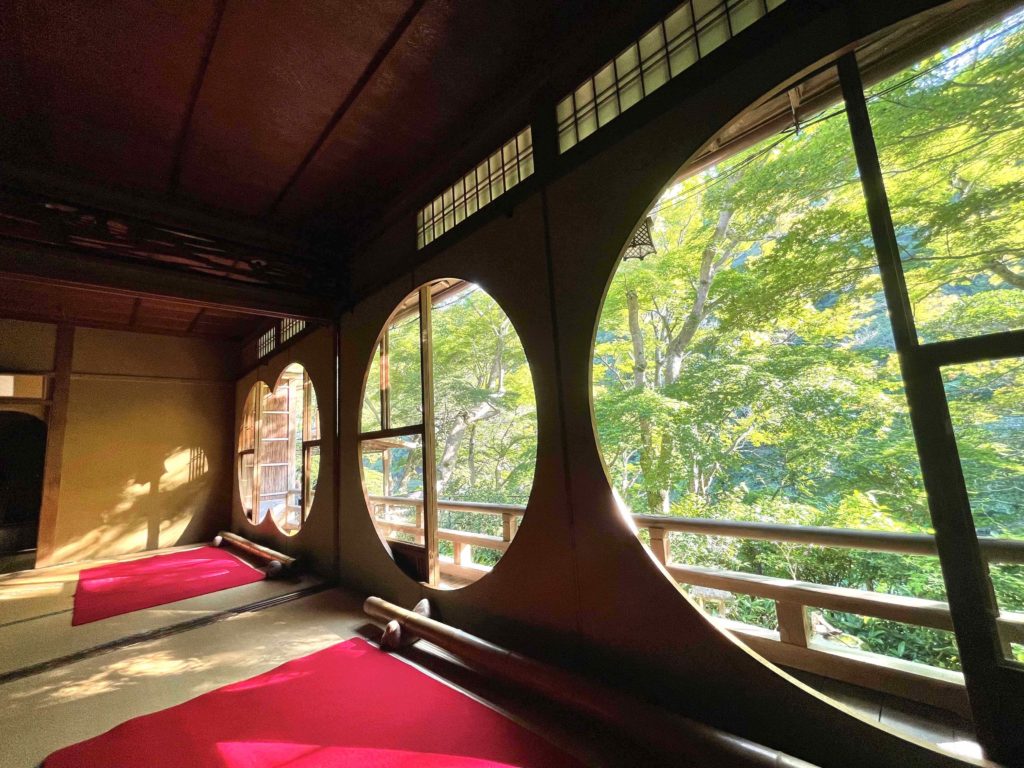
According to Mr. Yusai, “Arashiyama and Sagano preserve the most authentic landscapes from the early days of Kyoto. It was Emperor Saga who moved the capital to Kyoto, and the fashion revolution that followed gave birth to the jūnihitoe (twelve-layered kimono). In the Nara period, clothing was heavily influenced by Chinese styles, but jūnihitoe marked a shift—an expression of Japan’s native climate and aesthetic sensibility. From this moment, our kokufū bunka, or national culture rooted in nature, began to blossom. The heart of that cultural turning point lies here in Sagano.”
Preserving the Spirit of Kimono and the Soul of Japan
The beauty of traditional Japanese culture reveals itself through hospitality and the art of preparation—sprinkling water to welcome guests, arranging flowers with care. Mr. Yusai believes that his role is to weave dyeing art into this cultural expression.
“Today, the kimono industry has become overly commercialized. I believe it’s time to return to the kimono’s true value as something to be worn. In order to revive the craft of dyeing, I want to establish a model where artisans dye their own works and sell them directly to the customer,” he says.
As part of this vision, he is planning a training program to nurture new professional artists in just one to two years. His artistry now extends beyond kimono to scarves, jeans, and leather goods—building a world of his own, grounded in a deep respect for tradition.
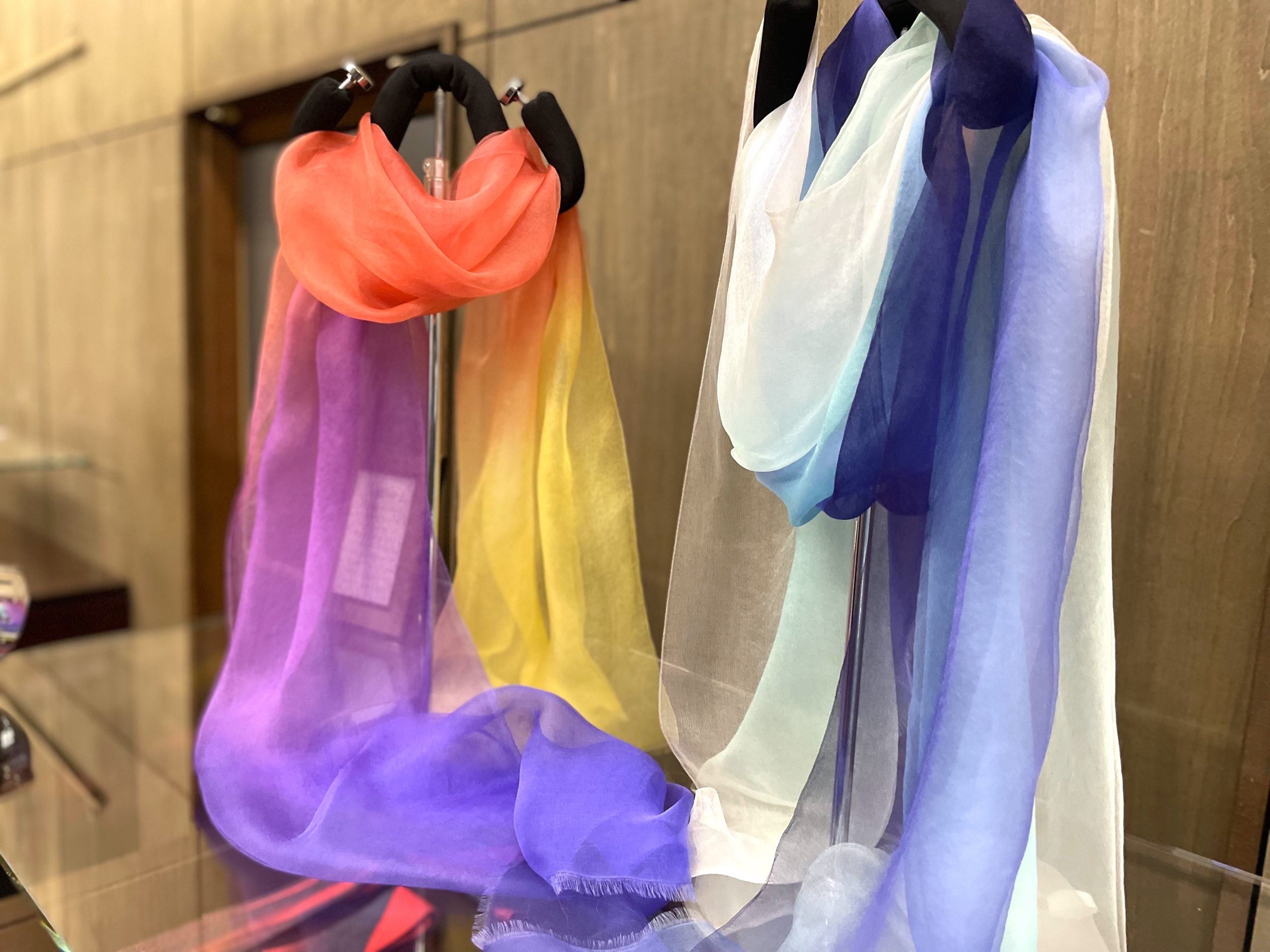
At 71, Yusai continues to embrace new challenges with unshaken passion. When asked about what makes dyeing so captivating, he shared:
“It doesn’t matter what I’m dyeing—the moment I’m in the process is the most joyful. Like Japanese painting, it’s a dialogue. I’m constantly searching for harmony with the material, as if I’m creating a moment of encounter.But you know, if you overcalculate everything, the future becomes fixed.
And a future that’s already decided—well, that’s no fun, is it?”
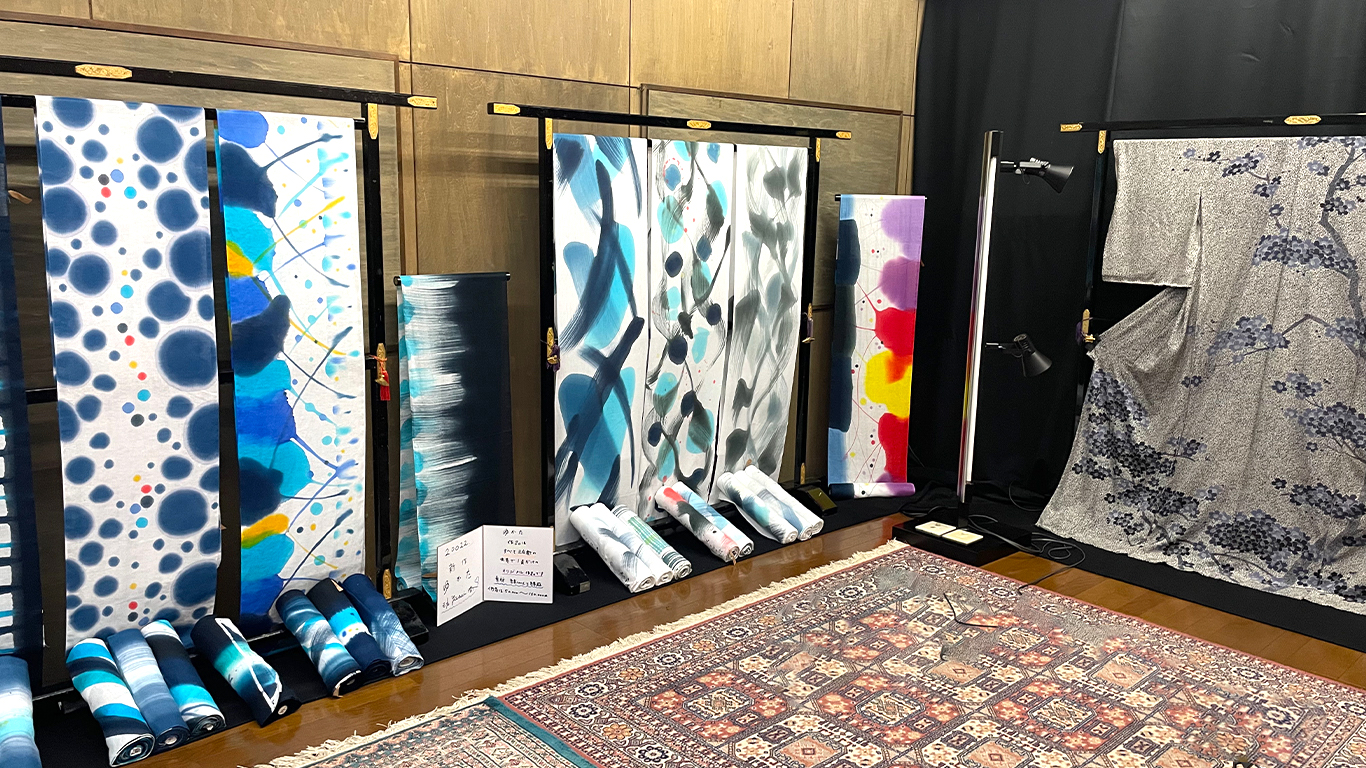
See Also : Kimono Travel Journal vol.1 "Arashiyama Yusai-tei" (Kyoto Prefecture)
__________________________________
Arashiyama Yusai-tei
6 Saga Kamenoo-cho, Ukyo-ku, Kyoto
Official Website>>
__________________________________



















